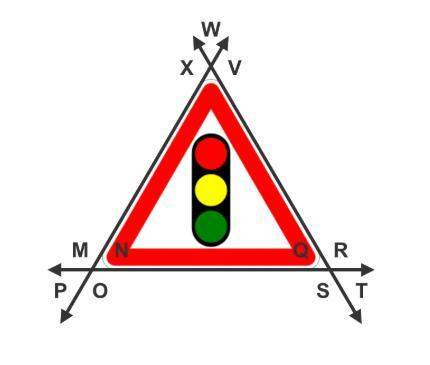
Mathematics, 23.05.2020 03:00 Homepage10
A developmental psychologist investigated the effect of two variables— exposure to televised violence and type of parental discipline—on teens’ acceptance of violence. He obtained a random sample of seniors at the local high school and classified them on two dimensions:
1. Number of violent TV shows watched each week (divided into high – more than 10 hours or low – less than 10 hours).
2. How much their parents used positive reinforcement or punishment (divided into more reinforcement or more punishment) . He took a random sample of six teens from each of the four samples (no siblings were included) and his dependent variable was each teen’s score on the Approval of Violence Scale (AVS). Scores on the AVS range from 0 to 20, with higher scores indicating a greater acceptance. Descriptive statistics and ANOVA results are given below. Use α = 0.05.
a. What is/are the quasi-independent variable(s)?
b. What is the dependent variable?
c. What type of test is this? Be specific and complete.
d. Write the null hypothesis.
e. Write the alternative hypothesis.
f. What are the critical values (α =0.05)? List and label all of them.
g. What are the values of the test statistic? List and label all of them.
h. Which of the results are significant?
i. Do you need to calculate an effect size? If so for which results and what is the value of etasquared? If not state why not.
j. Write all the results in correct APA statistical notation. Label each.
k. Summarize the results in one or two sentences.

Answers: 1
Another question on Mathematics

Mathematics, 22.06.2019 01:30
12.0 million metric tons of beef produced annually in the u.s. out if 65.1 mikkion metric tons of produced annually worldwide
Answers: 1

Mathematics, 22.06.2019 02:50
The angle of depression from the top of the tree to the tip of the shadow is 25°. find the height of the tree to the nearest tenth. a. 16.8 feet b. 18.2 feet c. 23.4 feet d. 39.7 feet
Answers: 2

Mathematics, 22.06.2019 03:30
On a certain portion of an experiment, a statistical test result yielded a p-value of 0.21. what can you conclude? 2(0.21) = 0.42 < 0.5; the test is not statistically significant. if the null hypothesis is true, one could expect to get a test statistic at least as extreme as that observed 21% of the time, so the test is not statistically significant. 0.21 > 0.05; the test is statistically significant. if the null hypothesis is true, one could expect to get a test statistic at least as extreme as that observed 79% of the time, so the test is not statistically significant. p = 1 - 0.21 = 0.79 > 0.05; the test is statistically significant.
Answers: 3

You know the right answer?
A developmental psychologist investigated the effect of two variables— exposure to televised violenc...
Questions



Chemistry, 27.10.2020 21:40



Social Studies, 27.10.2020 21:40

Mathematics, 27.10.2020 21:40


Mathematics, 27.10.2020 21:40




English, 27.10.2020 21:40


Chemistry, 27.10.2020 21:40



Biology, 27.10.2020 21:40


Mathematics, 27.10.2020 21:40




